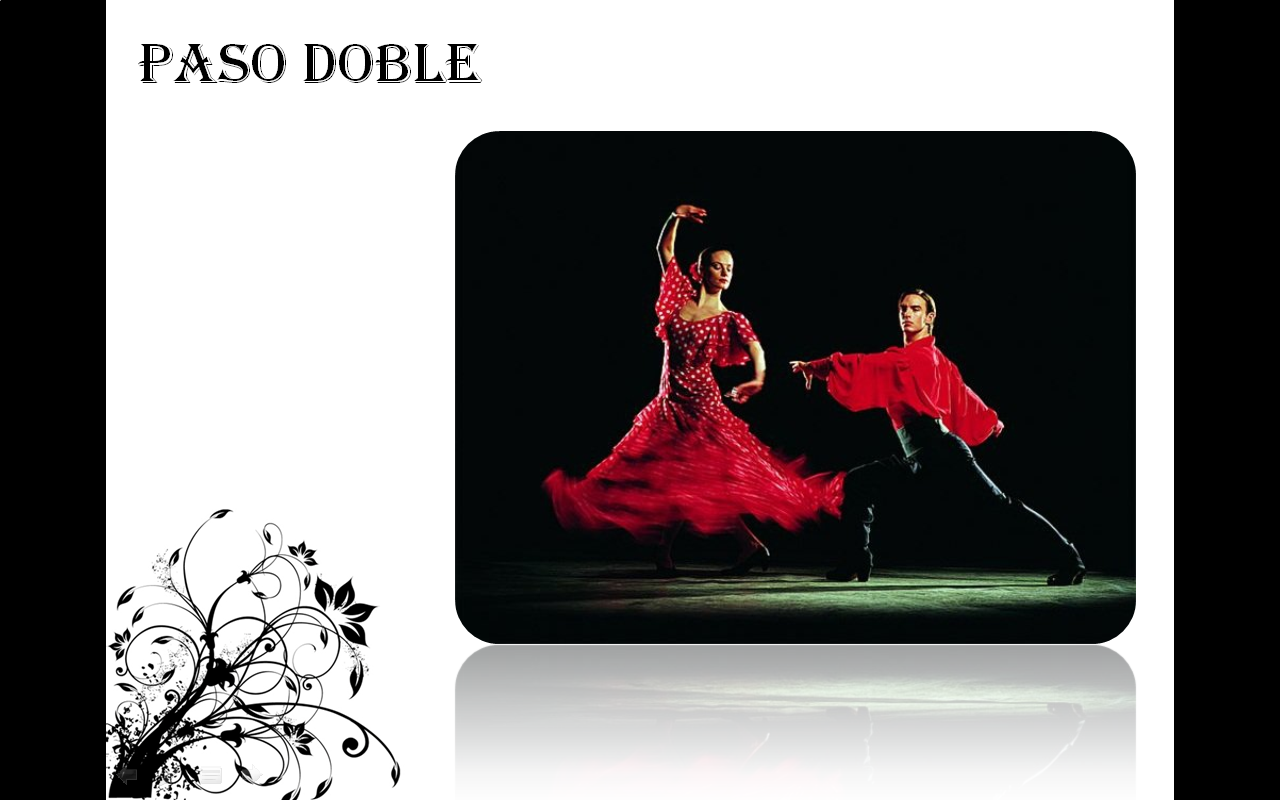 |
One of the most recognisable dances in the world, Flamenko and Paso Doble became a national symbol of Spain.
Specific features of Spanish art developed as a result of the national liberation struggle of the Spanish people against the invaders-Moors - Reconquista. Which lasted from 8 to 15 century, it has contributed to the strengthening of identity and pride of the people, forming so popular base culture. And because the state did not have a strong centralized authority, the folklore of each province retained its customs, culture and mentality of the particular mini-region.
Flamenco is Spain's most popular art form that combines music, dance and singing directions. Art of Flamenco - not just a dance. It manifests itself in three forms - Song (Cante), Dance (Baile) and Guitar (Toque).
There are many versions of how flamenco originated . On one of them , this art dates back to the fire cult (flamma ( Latin) - fire).
In another , it was recorded in Spain Roma expelled from India in the XV century . The word «flamenco» and «hit» («Gypsy») in Andalusia are synonyms . Whatever it was, the style is based on traditional flamenco rhythms very ancient eras. And it's not European rhythms. Andalusia, where eight centuries mixed Christian, Arab and Jewish cultural tradition, has been a good ground for the development of the gypsies its musicality.
Paso Doble (Spanish: Paso doble - «double step») - Spanish dance, imitating the bullfight .
The first name of the dance - «one step Spanish» («Spanish One Step»), as steps are made for each account . Paso Doble was one of many
Spanish folk dances associated with various aspects of Spanish life. Partially based on the paso doble bullfighting. Partner shows torero and partner - his cape or muleta (piece of bright red cloth in the hands of the matador), sometimes - the second bullfighter, and very rarely - the bull is usually defeated the final blow. Character of the music corresponds to the procession before the bullfight (el paseíllo), which usually takes place to the accompaniment of paso doble.





No comments:
Post a Comment